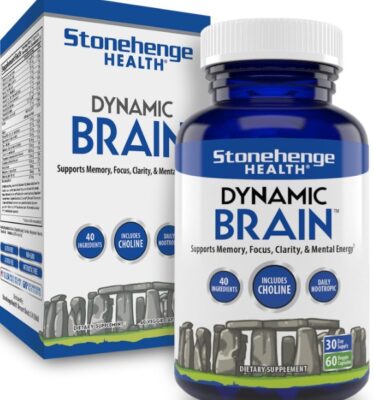The complexity of the phrase “recombinant antibodies” is overwhelming to the normal citizen. While the complex nature of recombinant antibodies is hard to explain, there are some important facts and history surrounding this new wonder drug and medical research field that everyone needs to know about. After all, we’re talking about a technology that could truly revolutionize medicine in the next few decades. And, in many ways, this technology already has changed the path of medicine forever:
The Next Gen of Antibody Technology:
The employment of polyclonal and monoclonal antibodies in various experimental settings has transformed biomedical research. Many researchers now use recombinant antibodies since monoclonal and polyclonal antibodies have drawbacks and disadvantages, however.
Understanding how to differentiate these different technologies, and their uses can push modern medicine that much further. This is truly next-gen medicine that we’re discussing here, after all. And this information is crucial to understand before we discuss the full potential of recombinant antibodies and the medical processes they are making possible.
What Makes Them Different from Monoclonal and Polyclonal Antibodies?
Several publications have shown some major differences in the findings of research using monoclonal and polyclonal Abs. Some data’s lack of reproducibility was caused by several important factors, including batch-to-batch variance and non-specific antibody binding differences. Since polyclonal Abs are made from animal serum and each new batch is made from a different animal or immunization, this kind of variance is understandable and perhaps even expected.
Monoclonal Abs, which are meant to be monospecific, but unexpectedly exhibit diversity, have been demonstrated to express extra functionally changeable areas. By comparing 185 hybridomas, scientists were able to reliably demonstrate that 32% of them created extra-heavy and light chains, which resulted in non-specific binding by the produced antibodies, a lower overall binding signal, and a decreased signal-to-noise ratio.
While these specifics mean more to scientists than your average Joe, they are doing wonders for modern medicine’s future. The data found in research differentiating monoclonal and polyclonal antibodies has inspired a whole new angle on using antibodies made in lab-controlled environments: recombinant antibodies.
So What Are Recombinant Antibodies?
Simply put, recombinant antibodies are a subset of monoclonal antibodies that are produced in a lab without using any hybridomas or immunizations on animals. Any species of animal that produces antibodies can be used to produce recombinant antibodies. One of the main benefits of recombinant Abs is the ability to alter the sequence once it has been cloned. Examples include the exchange of Fc fragments between species and the mutation of the variable chain on the Fab fragment to vary binding affinity or specificity.
When compared to monoclonals, recombinant antibodies provide several benefits. The technology’s improved reproducibility is the first important difference to point out.
Recombinant antibodies are much more dependable and repeatable than monoclonals because the sequence of their gene has been identified and cloned more thoroughly. The time needed to produce recombinant antibodies is their second advantage over traditional monoclonal antibodies.
The Recombinant Abs technique can typically create effective Abs in a matter of weeks, as opposed to the many months required by hybridomas. And finally, the production of recombinant antibodies is an animal-free process. Recombinant Abs are produced without the use of any animals due to the increasingly strict conditions and laws surrounding animal experimentation. The more flexible, repeatable, and ethical nature of recombinant antibodies continues to push the capabilities we have to fight cancer and other complex human diseases.
How Do Scientists Make Recombinant Antibodies?
The most prevalent immunoglobulin isotypes, like IgG, have a Y-shaped structure made up of two heavy chains and two light chains connected by disulfide connections. Two regions, one fixed and the other changeable, make up each chain. To be able to detect the target antigen, B cells must undergo somatic mutation in the variable region.
Ig genes must be cloned from hybridomas that already exist or from vaccinated animals, from which either B cells or plasma cells can be employed as source material, produced in a biological system, and the resulting library must then be evaluated to produce recombinant Abs. Large amounts of the recombinant antibody can be produced using a high-scale production method after an appropriate sequence is determined.
Future Uses of Recombinant Antibodies:
As our world’s scientists keep their research into recombinant antibodies, and other antibody technologies, going, they push us that much closer to a fully cancer-free society. Even other major diseases, such as Covid-19, are being more actively controlled and treated using emerging antibody technologies. While these drugs need further research to be fully perfect, the promising start surrounding them is absolutely fascinating, and can change the human race’s future!










